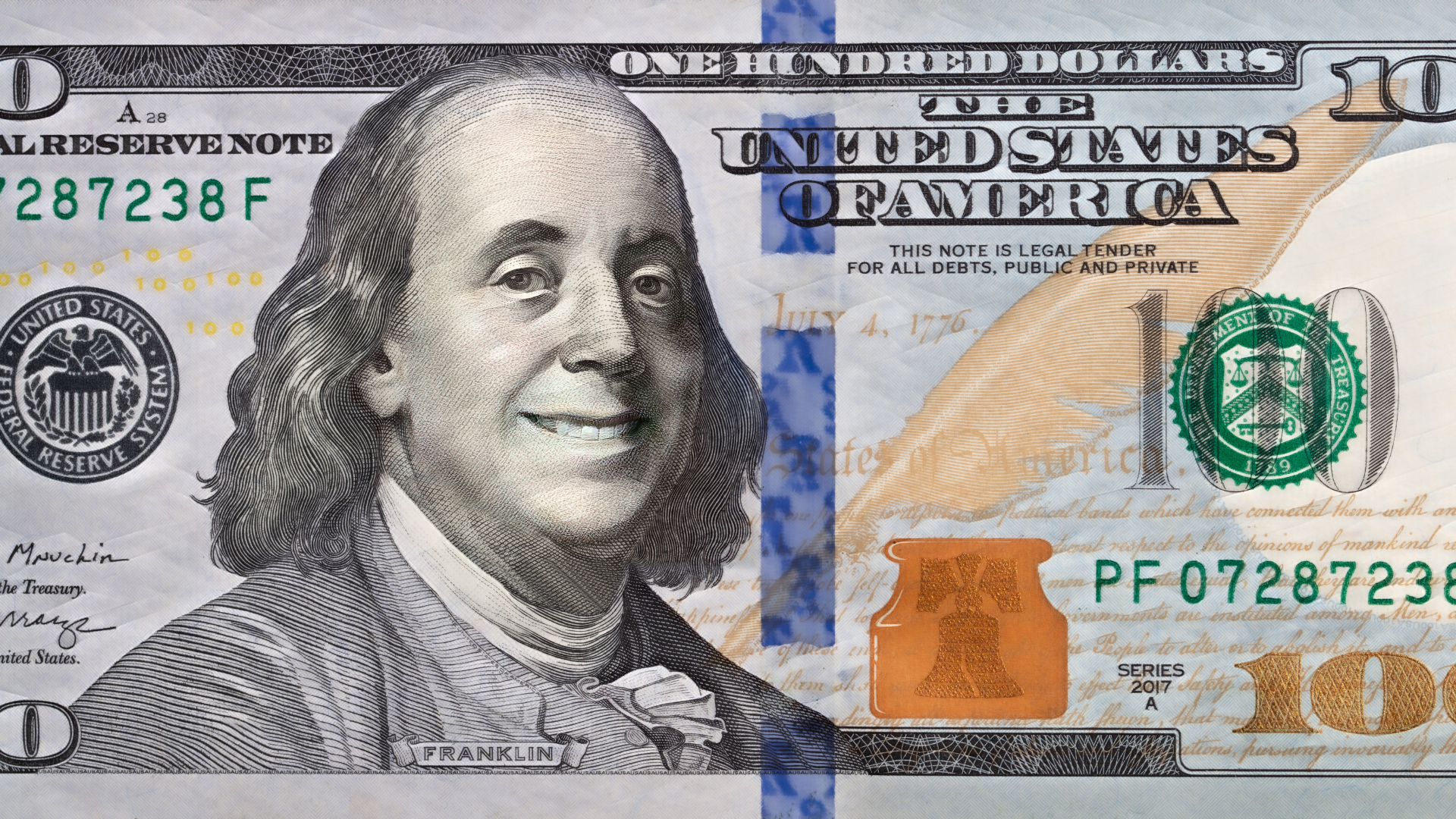The US dollar (USD) weakened as disappointing retail sales data cast doubts on the strength of the American consumer, fueling speculation that the Federal Reserve may need to reassess its policy stance. The greenback struggled against major peers as investors reacted to the softer-than-expected economic report.
Retail sales, a key indicator of consumer spending, came in below forecasts, suggesting that higher interest rates and persistent inflation are beginning to curb demand. With consumer activity serving as a critical driver of US economic growth, the data raised concerns over whether momentum is slowing faster than anticipated.
The dollar index (DXY), which tracks the greenback against a basket of major currencies, edged lower as traders recalibrated their expectations for future Fed rate moves. While policymakers have remained committed to a higher-for-longer approach, weaker economic data could pressure the central bank to soften its stance sooner than expected.
In response to the data, US Treasury yields dipped, reflecting shifting sentiment in bond markets. Lower yields tend to reduce the dollar’s appeal, making it less attractive to investors seeking yield-driven returns. This allowed risk-sensitive currencies, including the euro (EUR) and Australian dollar (AUD), to gain ground.
Despite the decline, some analysts believe the dollar’s retreat may be temporary, with upcoming Federal Reserve commentary and inflation data likely to shape its next move. If future reports show resilience in the economy, the dollar could regain strength, particularly if the Fed sticks to its restrictive policy outlook.
For now, traders remain cautious, watching whether further signs of slowing consumer demand emerge in the coming weeks. Any additional weakness in US economic indicators could fuel speculation of an earlier shift in Fed policy, keeping the dollar under pressure in the short term.













